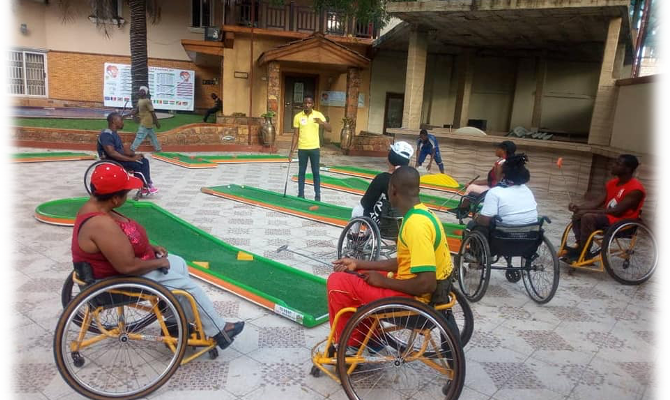
Disability: Is any physical or mental condition that limits a person’s movements, senses or activities. The term disability is conventionally used to refer to attributes that are severe enough to interfere with or prevent normal day-to-day activities.
Participants with four general types of disabilities:
These disabilities can be:
Contribution:
Sport for persons with disabilities is a powerful, low-cost means to foster greater inclusion and well-being for persons with disabilities:
International endorsement:
EU Physical Activity guidelines
Guideline 11: Sport organisations should cooperate with universities and higher vocational schools to develop training programmes for coaches, and other Sport professionals aimed to advise physical activity for those with motor or mental disabilities.
WHO Global action plan on physical activity
Action 3.5: Support partnerships with the Sport sector to remove barriers and strengthen the provision of universal access to opportunities for physical activity, active recreation and Sport for people with disabilities and their careers.
When speaking, interviewing or socializing with a person or an athlete with a disability:
Children and adolescents (aged 5–17 years) living with disability
Adults (aged 18 years and older) living with disability
Other tips:
IAAF Kids’ Athletics
(International Association of Athletics Federations)
More information:
IAAF Kids’ Athletics Toolkit. Click Here